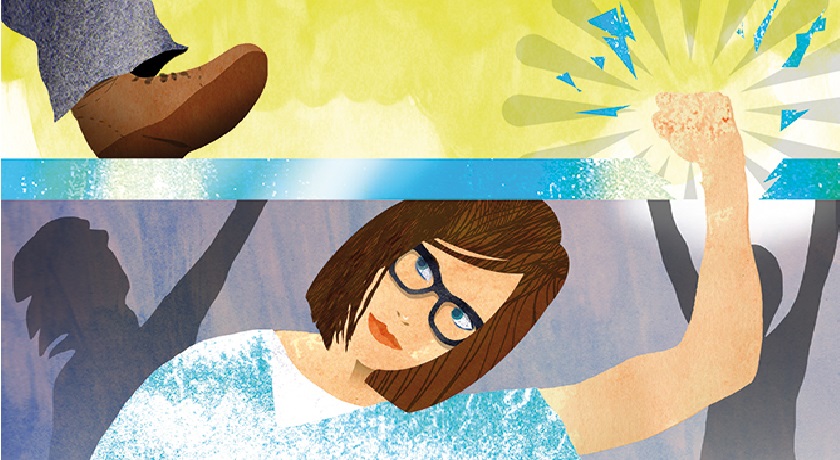 In the latest edition of Reform magazine, four commentators explore whether things are getting better for women – in a religious context, in the wake of the #MeToo movement and equal pay scandal.
In the latest edition of Reform magazine, four commentators explore whether things are getting better for women – in a religious context, in the wake of the #MeToo movement and equal pay scandal.
‘Women have made a lot of progress but there’s lots more to do,’ says Dawn Butler MP, Labour’s Shadow Secretary of State for Equalities. ‘And some women have made much more progress than others. We can’t answer the general question of whether the experience of women has changed for the better without reflecting on the persistent inequalities relating to class and ethnicity as well as gender … women who are disabled, working class or from a black, Asian or minority ethnic background will not simply wait for their turn.’
In a religious context, Sharon Weiss-Greenberg, Executive Director of the Jewish Orthodox Feminist Alliance asks: ‘What does better look like for women in a religion where historically men made all the decisions? In short, Judaism at large is obsessed with questions. Our primarily male rabbinic texts, penned over millennia, grapple with both pragmatic questions and hypothetical scenarios. Oftentimes, the questions illuminate far more about the norms, mores and modus operandi of the periods of history during which said questions were asked, than what the answers to those questions might be.’
Referring to the #MeToo movement, writer and author Claire Heuchan, says there is hope for the future. ‘We live in a world where over a third of women will experience violence within their lifetime,’ she says. ‘The problem is far-reaching and deep-rooted. And yet, with movements like #MeToo shaping international conversations about sexual violence, there is reason to be optimistic.’
Emma Percy, Chair of Women and the Church (Watch), notes that although the image of a woman priest is becoming more common, the world has yet to see their impact in creating a more inclusive society.
‘My answer to this question is typically Anglican: “Yes, but…” The Church of England will celebrate 25 years of women priests next year. These women have changed the face of the Church for many. We also now have women bishops. But though the image of a woman in purple is becoming more common, we have yet to see what impact they make in creating a more gender inclusive culture.’
These are extracts from an article published in the May edition of Reform. Read fuller extracts as published on Reform’s website here. To read the full article, and magazine, subscribe here.




